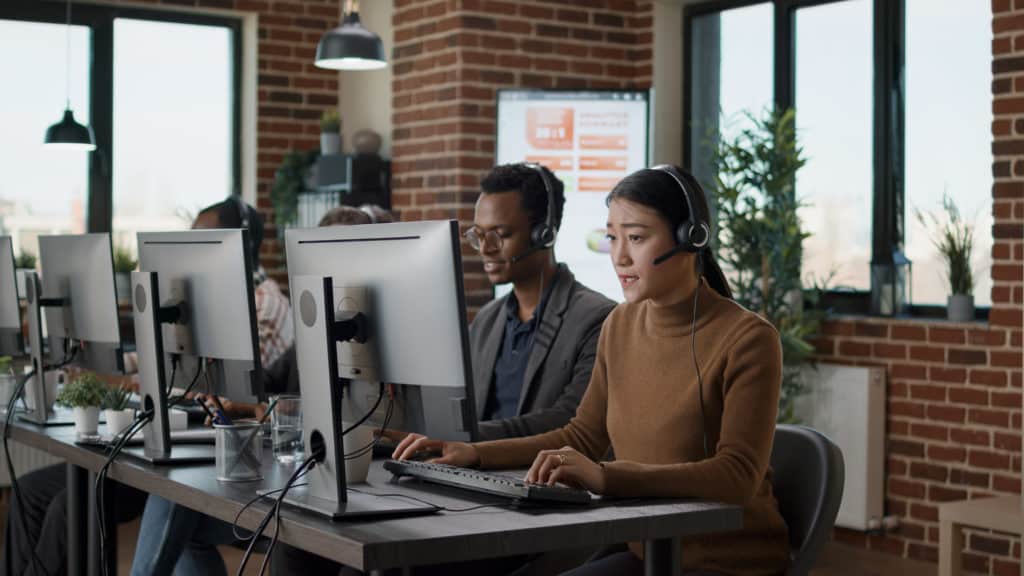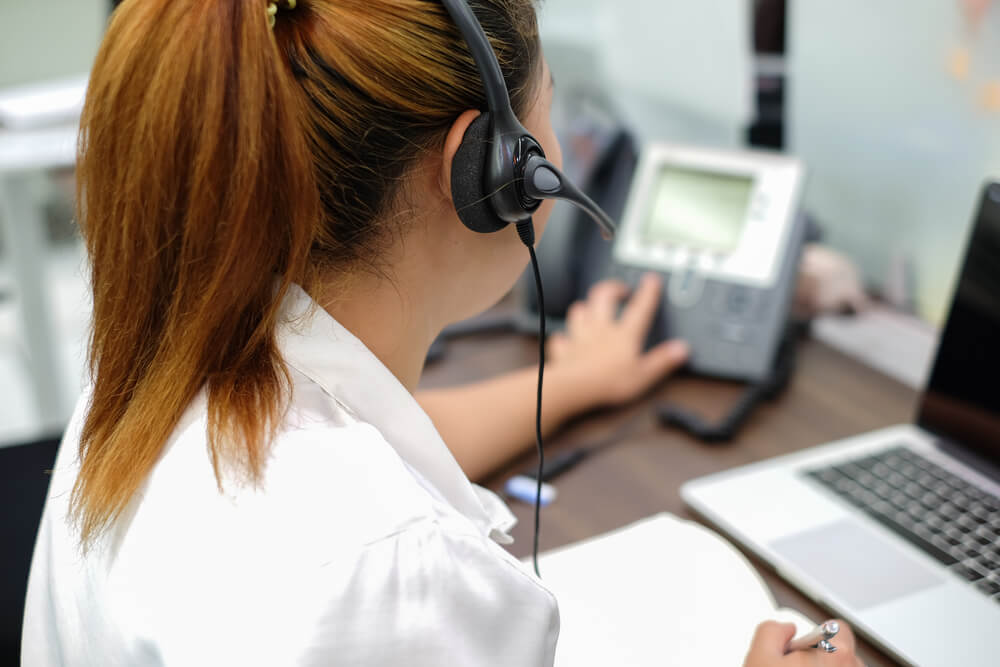All Categories
Featured
Table of Contents
- – What Are The Best Telephone Answering Service F...
- – What Is The Best Outsource Answering Services ...
- – How To Choose The Best 9 Best Answering Servic...
- – What Is The Best Automated Answering Services...
- – Who Has The Best How To Call Forward To An An...
- – What Is The Best Virtual Assistant Call Answ...
What Are The Best Telephone Answering Service For Smes - Myco Works
This gadget and its successors were designed by Sava Jacobson, an electrical engineer with a private consulting service. While early answering machines utilized magnetic tape technology, the majority of modern-day equipment uses strong state memory storage; some gadgets utilize a combination of both, with a solid-state circuit for the outgoing message and a cassette for the incoming messages.
"toll saving" listed below) (telephone answering service). This is beneficial if the owner is evaluating calls and does not wish to speak to all callers. In any case after going, the calling party should be notified about the call having been addressed (for the most part this starts the charging), either by some remark of the operator, or by some welcoming message of the little, or addressed to non-human callers (e.
This holds especially for the TADs with digitally kept welcoming messages or for earlier machines (before the rise of microcassettes) with a special endless loop tape, separate from a second cassette, committed to recording. There have actually been answer-only devices without any recording abilities, where the greeting message needed to notify callers of a state of present unattainability, or e (local phone answering service).
What Is The Best Outsource Answering Services In The Usa - Start From $11/hr Product?

about availability hours. In taping TADs the welcoming usually contains an invite to leave a message "after the beep". A voice mail that utilizes a microcassette to tape-record messages On a dual-cassette answerphone, there is an outbound cassette, which after the defined variety of rings plays a pre-recorded message to the caller.

Single-cassette answering devices consist of the outbound message at the beginning of the tape and incoming messages on the remaining area. They initially play the announcement, then fast-forward to the next available space for recording, then tape the caller's message. If there are lots of previous messages, fast-forwarding through them can cause a significant delay.
This beep is often described in the greeting message, asking for that the caller leave a message "after the beep". Littles with digital storage for the tape-recorded messages do disappoint this delay, naturally. A little bit might provide a remote control center, whereby the answerphone owner can call the home number and, by going into a code on the remote telephone's keypad, can listen to taped messages, or delete them, even when away from home.
How To Choose The Best 9 Best Answering Service Providers For 2023 [Reviewed]

Consequently the maker increases the number of rings after which it responds to the call (typically by 2, resulting in four rings), if no unread messages are currently kept, but answers after the set variety of rings (generally 2) if there are unread messages. This allows the owner to learn whether there are messages waiting; if there are none, the owner can hang up the phone on the, e.
Some devices also enable themselves to be remotely triggered, if they have actually been turned off, by calling and letting the phone ring a specific a great deal of times (usually 10-15). Some provider desert calls currently after a smaller sized variety of rings, making remote activation impossible. In the early days of Little bits an unique transmitter for DTMF tones (dual-tone multi-frequency signalling) was regionally needed for remote control, since the previously employed pulse dialling is not apt to communicate suitable signalling along an active connection, and the dual-tone multi-frequency signalling was carried out step-by-step.
Any incoming call is not recognizable with respect to these homes in advance of going "off hook" by the terminal devices. So after going off hook the calls should be changed to suitable gadgets and just the voice-type is immediately available to a human, however maybe, nevertheless should be routed to a LITTLE (e.
What Is The Best Automated Answering Services - How Do They Work? For Your Money
What if I informed you that you do not have to really select up your gadget when addressing a consumer call? Somebody else will. So hassle-free, best? Answering call doesn't require someone to be on the other end of the line. Efficient automated phone systems can do the technique simply as effectively as a live agent and often even better.
An automatic answering service or interactive voice reaction system is a phone system that communicates with callers without a live individual on the line - telephone answering service. When business utilize this technology, customers can get the answer to a concern about your organization just by using interactions established on a pre-programmed call flow.
Although live operators update the client service experience, lots of calls do not need human interaction. An easy documented message or directions on how a client can obtain a piece of info usually solves a caller's immediate need - reception services. Automated answering services are an easy and effective way to direct incoming calls to the right person.
Who Has The Best How To Call Forward To An Answering Service Service?
Notice that when you call a company, either for support or item query, the very first thing you will hear is a pre-recorded voice welcoming and a series of alternatives like press 1 for customer support, press 2 for inquiries, and so on. The pre-recorded choices branch off to other options depending upon the client's choice.
The phone tree system assists direct callers to the best individual or department using the keypad on a cellphone. In some instances, callers can utilize their voices. It's worth keeping in mind that auto-attendant alternatives aren't limited to the 10 numbers on a phone's keypad. As soon as the caller has actually selected their very first choice, you can create a multi-level auto-attendant that utilizes sub-menus to direct the caller to the ideal sort of support.
The caller does not need to communicate with an individual if the auto-attendant phone system can handle their concern. The automatic service can path callers to a worker if they reach a "dead end" and need assistance from a live agent. It is expensive to hire an operator or executive assistant.
What Is The Best Virtual Assistant Call Answering Service For Your Money
Automated answering services, on the other hand, are considerably less expensive and supply substantial cost savings at approximately $200-$420/month. Even if you don't have committed staff to handle call routing and management, an automated answering service improves performance by allowing your team to focus on their strengths so they can more effectively spend their time on the phone.
A sales lead routed to customer care is a lost shot. If a customer who has item concerns reaches the incorrect department or receives insufficient answers from well-meaning workers who are less trained to handle a particular type of concern, it can be a cause of frustration and frustration. An automated answering system can reduce the number of misrouted calls, therefore assisting your staff members make much better usage of their phone time while maximizing time in their calendar for other jobs.
With Automated Answering Systems, you can create a customized experience for both your staff and your callers. Make a recording of your main welcoming, and merely upgrade it frequently to reflect what is going on in your company. You can produce as numerous departments or menu alternatives as you desire.
Table of Contents
- – What Are The Best Telephone Answering Service F...
- – What Is The Best Outsource Answering Services ...
- – How To Choose The Best 9 Best Answering Servic...
- – What Is The Best Automated Answering Services...
- – Who Has The Best How To Call Forward To An An...
- – What Is The Best Virtual Assistant Call Answ...
Latest Posts
Real Estate Answering Service
Fast Professional Answering Service
Cost-Effective Custom Phone Answering Near Me – Toowong 4066
More
Latest Posts
Real Estate Answering Service
Fast Professional Answering Service
Cost-Effective Custom Phone Answering Near Me – Toowong 4066